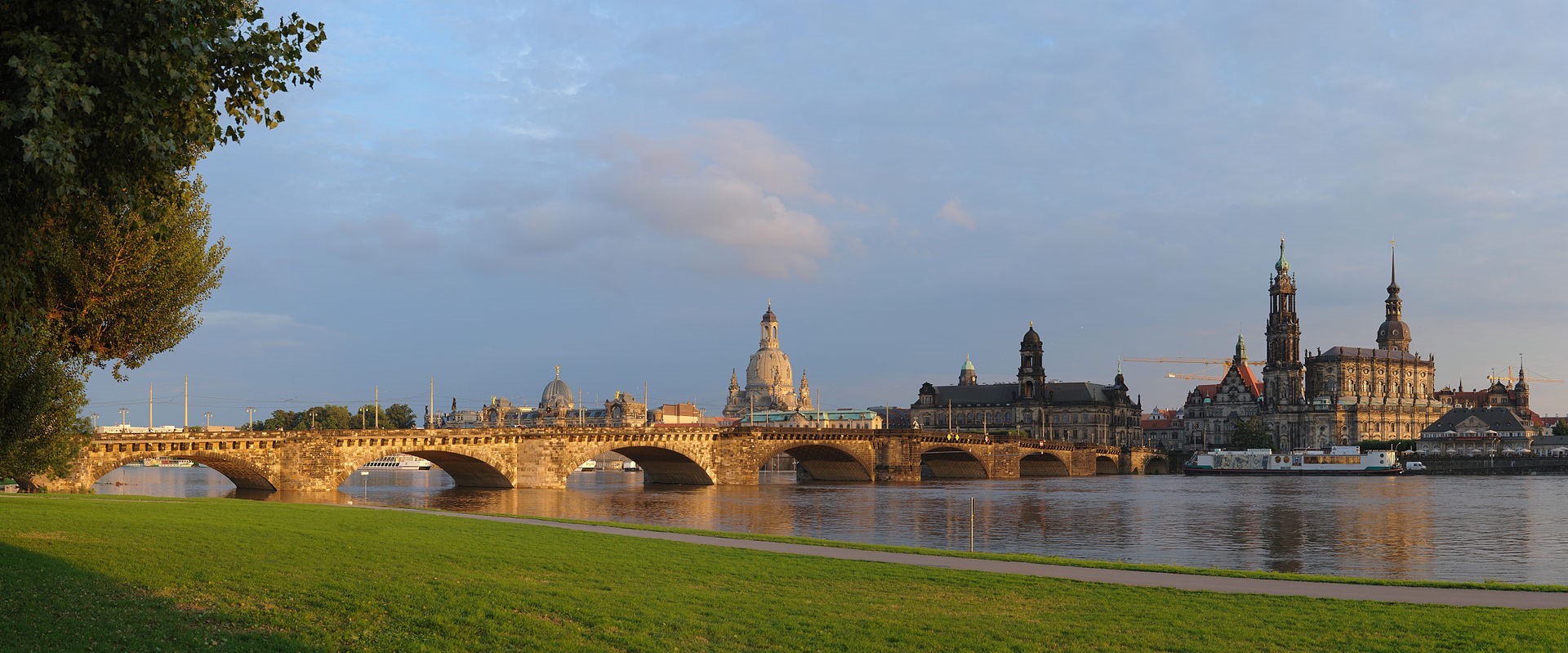By Meetali Gupta,
an Architect from India, living in Germany
Ever since its formation the United Nations Educational, Scientific, and Cultural Organization (UNESCO) has strived to promote peace amongst the nations to prevent another World War. One of the key concerns especially during the second World War was the destruction of built heritage. Following this, nations came together to protect the cultural heritage, realizing that if not preserved, it might be lost forever. The ‘1972 World Heritage Convention’ thus turned out to be a turning point for protection of cultural heritage.
With time new conventions were realized, focusing on strengthening the identity of Built heritage. Today, the World Heritage list encompasses a wide range of properties from around the world recognizing them as an important asset to humanity. The concept behind this very recognition is the ‘Outstanding Universal Value’ which is the uniqueness that makes the site eligible to be listed. There are various factors that contribute towards this ‘OUV’ of the site, namely, the criteria of listing, statement of authenticity and integrity and the management, protection tools. Thus, the process of getting a site listed in the ‘World Heritage List’ is a tedious one. One might then ask, ‘Is it worth the effort?’ and ‘What is the credibility of this list?’.
Introduction
Each listed site has a unique tangible and intangible aspect associated with it. However, with urbanization the threat to the values of the attributes which contribute towards the Outstanding Universal Value is increasing. One such example is that of the Dresden Elbe Valley in Germany.
The city of Dresden is the capital of free state of Saxony and is situated in a valley on the river Elbe near the border of Czech Republic. (Image1) From 1485 onwards it became an important political, economic and cultural centre. It was known for its architecture and art and was called ‘Elbflorenz’ – ‘Florence of the Elbe’. Later in the 19th century it developed as a manufacturing centre and the historic city centre was destroyed in the bombing of 1945. Today, it is one of Germany’s fastest growing cities and greenest cities in Europe. The city of Dresden that we see today is a ‘new’ one. It was destroyed twice, once in 1491 when a fire broke out and then again in 1945, when the city was bombed. This collided with the concept of ‘authenticity’ and thus only the Elbe Valley and not the old city was listed in the World Heritage List.
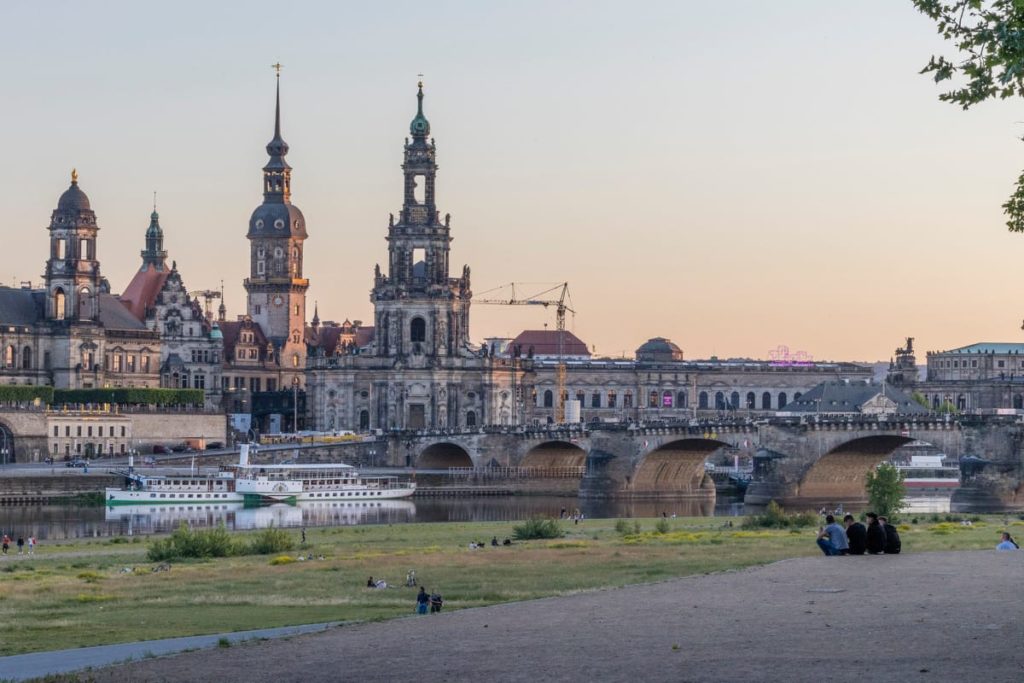
Elbe Valley
“The 18th- and 19th-century cultural landscape of Dresden Elbe Valley extends some 18 km along the river from Übigau Palace and Ostragehege fields in the north-west to the Pillnitz Palace and the Elbe River Island in the south-east. It features low meadows, and is crowned by the Pillnitz Palace and the centre of Dresden with its numerous monuments and parks from the 16th to 20th centuries. The landscape also features 19th- and 20th-century suburban villas and gardens and valuable natural features. Some terraced slopes along the river are still used for viticulture and some old villages have retained their historic structure and elements from the industrial revolution.” (Bénédicte Gaillard, 2015)
The site of the Elbe Valley was listed in the world heritage list as a ‘Continuing cultural Landscape’ in the year 2004 under the criteria (ii), (iii), (iv) and (v). (Image 2). However, this position didn’t last long as it was put under the list of World Heritage in Danger in 2006 and was subsequently delisted in the year 2009. This decision was opposed by the State Party and Dresden City Council and unanimously regretted at the local level. What led to the delisting and what questions does such a scenario pose on the credibility of the World Heritage List?
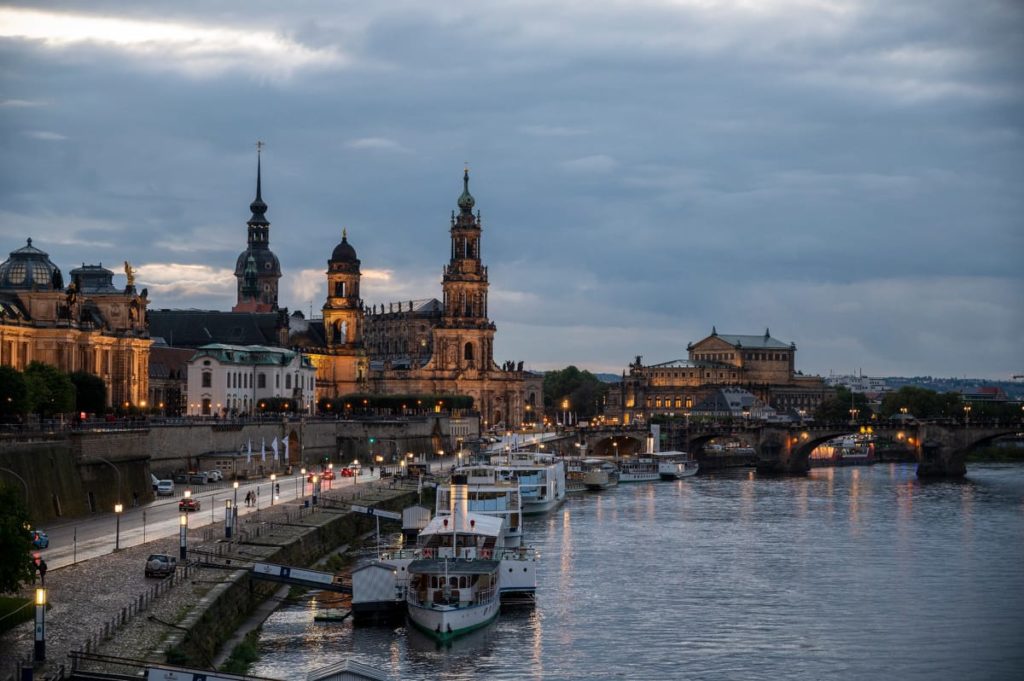
Danger to the ‘Outstanding Universal Value’
Construction of Waldößchenbrücke
Five years after being declared as a World Heritage Site, the Elbe valley in Dresden was delisted due to the construction of the Waldschlößchenbrücke (Image3), which cut through scenic meadows, destroying long-protected vistas and changing the city’s cultural landscape. Apart from being a hindrance to the continuity of the landscape, the design of the bridge itself was commented upon. The bridge stands as a stark contrast to the other bridges (Image4), standing across the valley in terms of construction, material and aesthetic feel. Some might say that it cuts through the authenticity of the place. The residents however didn’t associate the cultural significance of Dresden with its listing in the World Heritage sites.
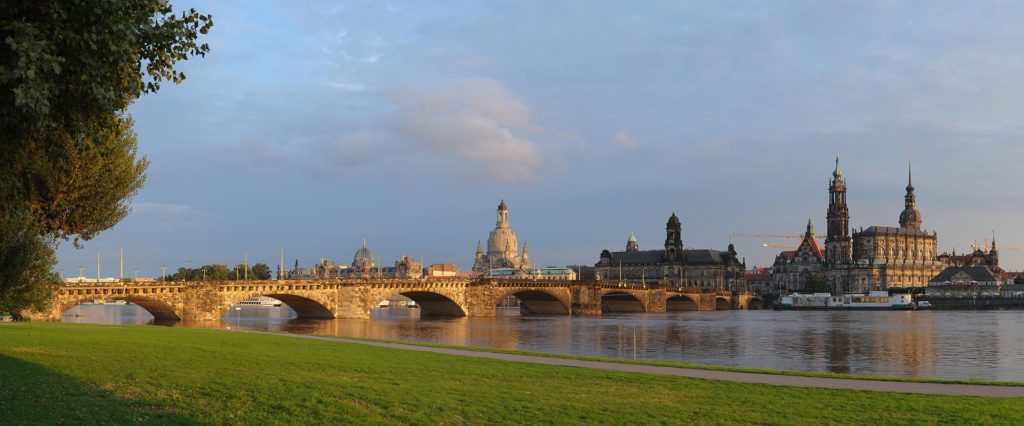
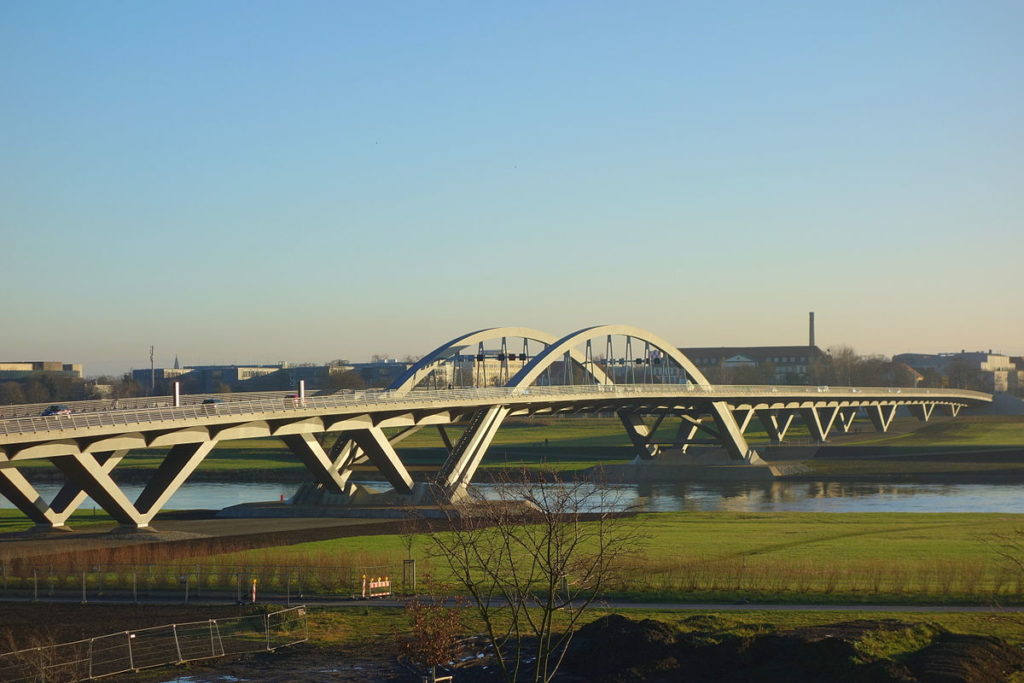
Debatable Decisions
“The project to construct a crossing at the location of the Waldschlößchenbrücke was not new and had been a consistent feature in the city planning for Dresden since the middle of the 19th century. It was seen essential for cross-river connection between the northern and southern districts of the city to the east”(Bénédicte Gaillard, 2015) and also to reduce the traffic load on the historic bridges. It was due to the historic developments and the intervention of World War II that this construction was stopped.
The construction was also noted in the evaluation by the advisory body ‘ICOMOS’ (International Council of Monuments and Sites), to be justified under criteria (v). Taking this as a green signal, the project was continued despite its debatable design in the historic setting. However, later the World Heritage Committee’s decision stood in opposition to the comments of the advisory board.
It is also to be noted that the criteria under which the site is listed, highlight the man-made components of the cultural landscape rather than the natural ones. This inconsistency became a major point of conflict between the state party and the World Heritage Committee with the site getting delisted finally, in 2009.
Conclusion
The journey of Dresden Elbe Valley highlights the inconsistency in the decision-making process of the World Heritage Committee. It does raise questions on the credibility of the list and the resources spent on nominating a site to be listed. However, one has to realise that the very formation of a World Heritage List emerged from the concept of ‘Protecting Heritage’ and amendments, alterations are part of the process.
Debatable scenarios bring forward the need to invent new tools and discuss innovative concepts. The example of Dresden Elbe Valley stands out as one such case. Some might think that Dresden Elbe Valley still deserves to be retained in the World Heritage List while others might agree with the Committee’s decision. What is your take on this? Development or protection? Can both go forward hand in hand.
Bibliography
Bénédicte Gaillard, D. R., 2015. A Failure of Process? Comprehending the Issues Fostering Heritage Conflict in Dresden Elbe Valley and Liverpool — Maritime Mercantile City World Heritage Sites. The Historic Environment: Policy & Practice, 6(I), pp. 16-40.
XXXXXXXXXXXXXXXXX